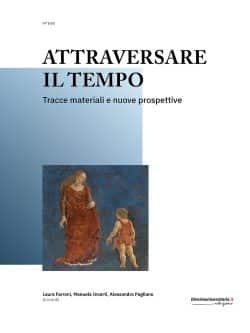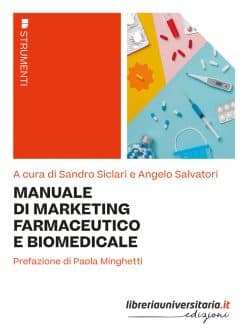Descrizione
Conservation of Cultural Heritage is a key issue and structural changes and damages can in uence the mechanical behaviour of artefacts and buildings. Th e use of Finite Elements Methods (FEM) for mechanical analysis is largely used in modelling stress behaviour. The typical work ow involves the use of CAD 3D models made by Non-Uniform Rational B-splines (NURBS) surfaces, representing the ideal shape of the object to be simulated. The use of Finite Elements Analysis (FEA) for ancient structures and artefacts has recently shown great potentialities. For Cultural Heritage objects, altered by the time passed since their original creation, the representation with a schematic CAD model may introduce an excessive level of approximation leading to wrong simulation results. Nowadays, 3D documentation of CH has been widely developed through reality-based approaches, but the models are not suitable for a direct use in FEA: the mesh has in fact to be converted to volumetric, and the
density has to be reduced since the computational complexity of a FEA grows exponentially with the number of nodes.
The focus of this work is to present a new method aiming at generate the most accurate 3D representation of a real artefact from highly accurate 3D digital models derived from reality-based techniques, maintaining the accuracy of the high-resolution polygonal models in the solid ones. The approach proposed is based on a wise
use of retopology procedures and a transformation of this model to a mathematical one made by NURBS surfaces suitable for being processed by volumetric meshes typically embedded in standard FEM packages. The strong simpli cation with little loss of consistency possible with the retopology step is used for maintaining as much coherence as possible between the original acquired mesh and the simpli ed model, creating in the meantime a topology that is more favourable for the automatic NURBS conversion. This allows to obtain FEA results that are closer to the actual mechanical behaviour of the analysed heritage asset.






